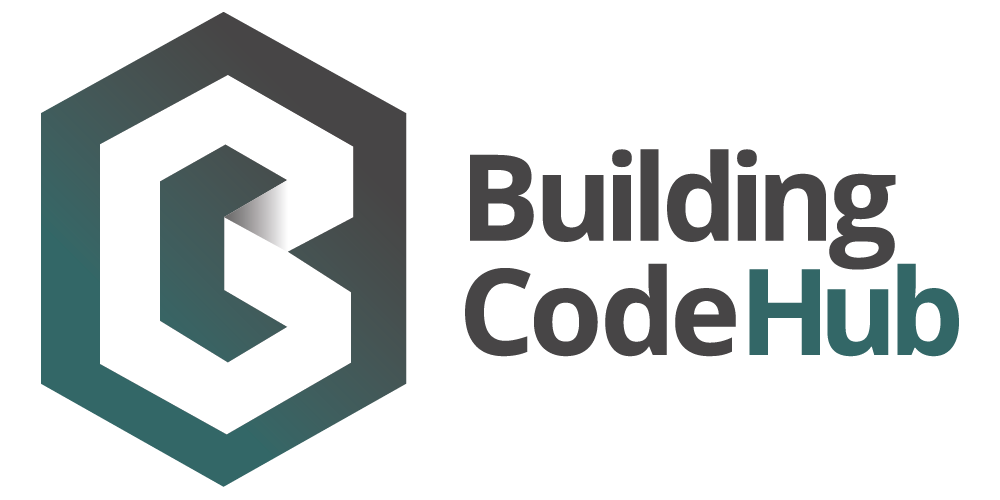NZS 6703:1984 Code of practice for interior lighting design - SPONSORED
- Abbreviation
- NZS 6703:1984
- Amendment
- NZS 6703:1984 C1 . - appended. Published 29/11/1985.
- Valid from
- 28/02/1985
- Information provider
- Standards New Zealand,
- Author
- Standards New Zealand
- Information type
- New Zealand Standard,
- Format
- PDF, HARD COPY,
Description
This Code of Practice deals with the design of interior lighting, primarily in workplaces, taking into account both natural and artificial lighting, and relates the lighting to energy use.
The Code of Practice also covers the maintenance of lighting systems and their measurement.
The Code of Practice is concerned primarily with workplaces, but can have application to many recreational and circulation spaces (but not where special effects are to be designed). Extensive tables for lighting level and glare index are included, along with detached calculation charts and procedures.
Scope
The Code of Practice also covers the maintenance of lighting systems and the measurement of illuminance and luminance. While a nearly complete range of interior lighting situations is covered, some buildings have particular lighting requirements which are too specialized to be included. Guidance for the lighting of such buildings is to be found in other publications.
This resource is cited by:
NZS 6703:1984 Code of practice for interior lighting design - SPONSORED
This document is CITED BY:
-
G7/AS1 (Amd 2) (First edition, Amendment 2)
NZS 6703:1984 is cited by Acceptable Solution G7/AS1: Natural Light from 1/07/1992 until 29/11/2021
-
G7/AS1 (Amd 1) (First Edition, Amendment 1)
NZS 6703:1984 is cited by Acceptable Solution G7/AS1: Natural Light from 1/07/1992
-
G7/AS1 (Second edition) (Second edition, unamended)
NZS 6703:1984 is cited by Acceptable Solution G7/AS1: Natural Light for simple buildings up to three storeys excluding those with borrowed daylight. from 29/11/2021
-
G7/VM1 (Amd 2) (First Edition, Amendment 2)
NZS 6703:1984 is cited by Verification Method G7/VM1: Natural Light from 1/07/1992
-
G7/VM1 (Amd 1) (First Edition, Amendment 1)
NZS 6703:1984 is cited by Verification Method G7/VM1: Natural Light from 1/07/1992
-
G8/VM1 (Amd 2) (First Edition, Amendment 2)
NZS 6703:1984 is cited by Verification Method G8/VM1: Artificial Light from 1/07/1992
-
G8/VM1 (Amd 1) (First Edition, Amendment 1)
NZS 6703:1984 is cited by Verification Method G8/VM1: Artificial Light from 1/07/1992
-
G7/VM1 (Second edition) (Second edition, unamended)
NZS 6703:1984 is cited by Verification Method G7/VM1: Natural light for all buildings including those with borrowed daylight from 1/07/1992
-
AS/NZS 1680.1:2006
NZS 6703:1984 is cited by AS/NZS 1680.1:2006 Interior and workplace lighting - Part 1: General principles and recommendations
-
NZS 4121:2001
NZS 6703:1984 is cited by NZS 4121:2001 Design for access and mobility - Buildings and associated facilities - SPONSORED
This resource cites:
NZS 6703:1984 Code of practice for interior lighting design - SPONSORED
This document CITES:
NZS 6703:1984 cites NZS 4220:1982 Code of practice for energy conservation in non-residential buildings
NZS 6703:1984 cites NZS 6501:1982 Units of measurement
NZS 6703:1984 cites BS 4727-4 Group 03:1972 Glossary of electrotechnical, power, telecommunication, electronics, lighting and colour terms - Part 3: Terms particular to lighting and colour - Lighting technology terminology
NZS 6703:1984 cites BS 4800:1981 Specification for paint colours for building purposes
NZS 6703:1984 cites BS 5252:1976 Framework for colour co-ordination for building purposes
NZS 6703:1984 cites BS 5252F:1976 Colour matching fan
NZS 6703:1984 cites BS 667:1968 Portable photoelectric photometers
NZS 6703:1984 cites CP 290:1973 Code of practice for suspended ceilings and linings of dry construction using metal fixing systems
NZS 6703:1984 cites IES Technical Report No 10 - Evaluation of discomfort glare: the IES Glare Index System for artificial lighting installations
NZS 6703:1984 cites IES Technical Report No 4 - Daytime lighting in buildings
NZS 6703:1984 cites IES Technical Report No 2 - The Calculation of Utilization Factors: The BZ method




